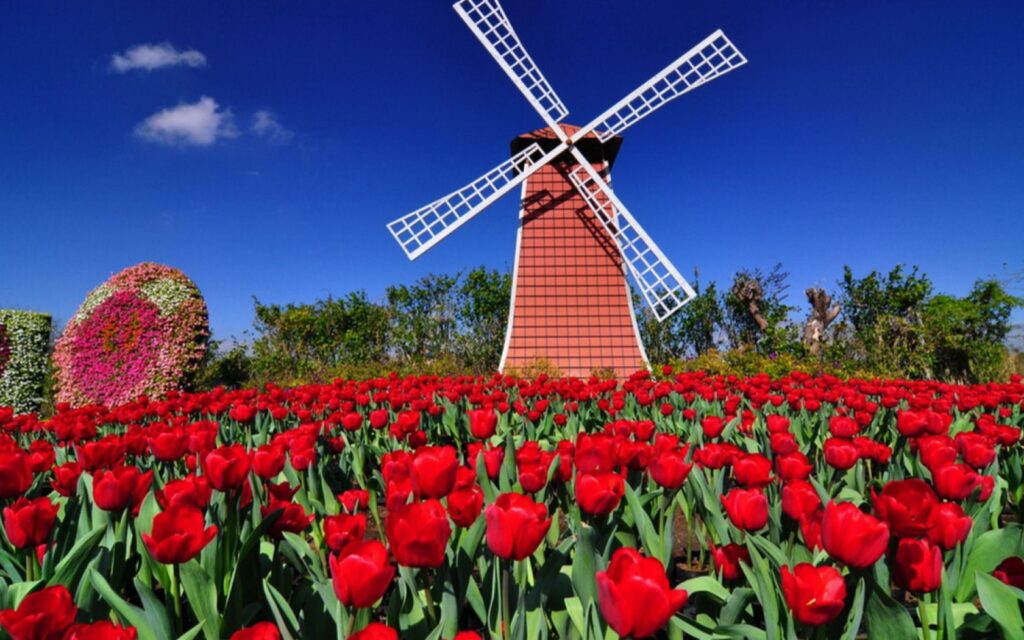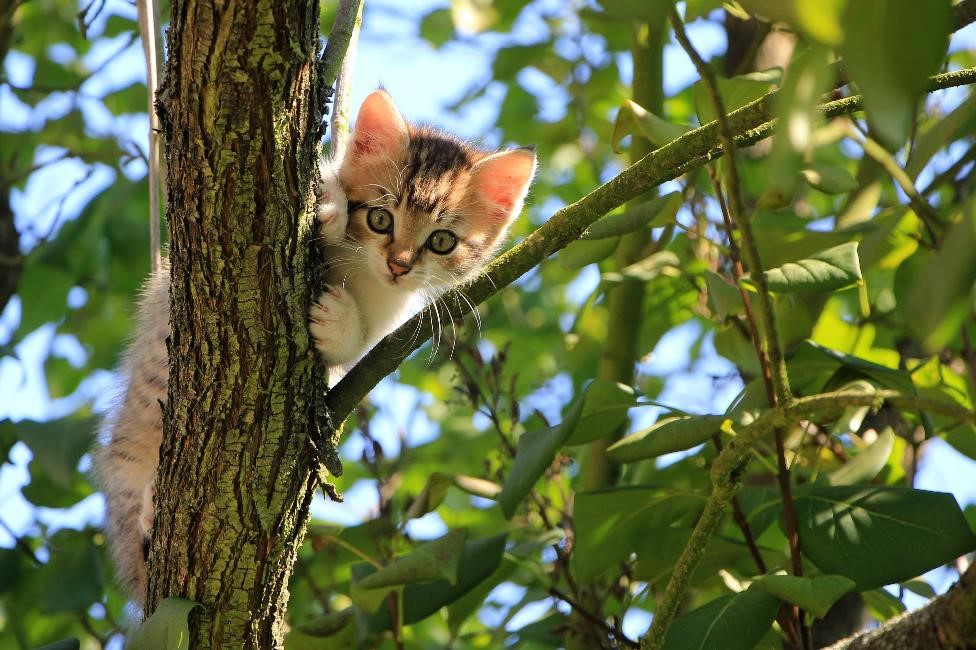Netherlands
Grades 5+
On the night of Saturday, 31 January 1953, a hurricane struck the Dutch coast. Waves crashed against rocks and the wind howled for 20 hours. Over 60 miles of seawalls collapsed. People rushed from the area, but for many old or infirm, that was impossible. More than 1800 people drowned.
Property damage was terrible. Over 4500 homes and 50,000 other buildings were damaged. About half a million acres (200,000 hectares) were submerged. The raging waters engulfed the roads, cut power and telephone lines, and brought the supply of services, such as drinking water, to a standstill.
 The Netherlands was left reeling from the 1953 North Sea flood, but the disaster showed how vulnerable the country was to the sea. A third of the Dutch lands lie below sea level. The Dutch knew they must be better prepared for future floods. They needed stronger levees, and they must have a better plan for evacuating people.
The Netherlands was left reeling from the 1953 North Sea flood, but the disaster showed how vulnerable the country was to the sea. A third of the Dutch lands lie below sea level. The Dutch knew they must be better prepared for future floods. They needed stronger levees, and they must have a better plan for evacuating people.
As a result, the Dutch have created Delta Works, one of the most impressive engineering feats in the world. Often referred to as the eighth wonder of the world, it is a system of dams, levees, and storm-surge barriers that protect the Netherlands from flooding. The project took over 30 years to complete and involved some of the most innovative engineering and construction techniques of its time. Today, Delta Works has saved the country from untold damage and destruction on numerous occasions. A testament to the Dutch people’s resolve to protect their homes and lives, it is a source of great pride for the nation.
∗
Travel inland, and you will see another feat of Dutch ingenuity. Vast, vibrant fields of tulips, lilies, roses, and other flowers seem to go on for miles.
The Netherlands has become the world’s top exporter of cut flowers. The Dutch flower industry, worth billions of euros, employs tens of thousands of people. The Netherlands has a temperate climate and is located near major markets in Europe, but it took Dutch genius to develop the logistics and transportation infrastructure that would enable them to get flowers to market quickly and efficiently.
∗
In the midst of the tulip fields stand tall and slender windmills, their large blades rotating in the wind.
 These windmills – more than 1000 of them still exist – have been a part of Dutch culture for centuries. The Dutch began using them in the Middle Ages, when the windmills operated drainage systems for the wetlands. Today, few windmills are operational and used for their initial purpose. Some are museums, others bed and breakfasts. But all are beloved – the symbols of the country.
These windmills – more than 1000 of them still exist – have been a part of Dutch culture for centuries. The Dutch began using them in the Middle Ages, when the windmills operated drainage systems for the wetlands. Today, few windmills are operational and used for their initial purpose. Some are museums, others bed and breakfasts. But all are beloved – the symbols of the country.
One of the oldest is De Gooyer Molen, located in Amsterdam. Built in the early 1600s, the windmill was used to grind flour. At 26 meters high, it is the tallest wooden mill and was once one of the tallest buildings in the country. Now it opens its doors to visitors as a national monument.
∗
While you are in Amsterdam, stop by the area where diamond trading takes place. It is fascinating to watch experts cut diamonds. The Netherlands is home to a thriving diamond and jewelry industry. The country has a long history of diamond trading, and Amsterdam has been a major center for the diamond trade for centuries.
Today, the Netherlands is one of the world’s leading diamond-producing nations. The country is home to several major diamond companies, including De Beers, the world’s largest diamond producer. Dutch diamonds are highly sought-after for their exceptional quality.
Netherlands Activity 1
Determine if the underlined word is a verb or not a verb. To determine that, try starting the sentence with that word. If the sentence does not make sense, then the word is a verb and cannot be moved: it is “attached” to the verb next to it. For example:
Cindy revved up her motorcycle.
Up her motorcycle, Cindy revved.
Up cannot be moved. It is a verb in this sentence.
If the word can be moved, then it is not a verb. Don’t be concerned what type of word it is.
 The cat ran up the tree.
The cat ran up the tree.
Up the tree, the cat run.
Up can be moved. It is not a verb in this sentence.
Also, remember that some two-part verbs are separated, such as—
Lisa finally has gotten her book back from Jamie.
1. People had to get out of their homes when the storm worsened.
2. People rushed from the area.
3. The older dikes of the Netherlands would sometimes break down.
4. Today, the Delta System holds back the North Sea.
5. The Netherlands has set up an amazing diamond industry.
6. The gift of a tulip in a thin-necked vase will cheer up almost anyone.
7. The construction took over thirty years.
8. The Dutch have carried on despite harsh winter weather and stormy seas.
9. Dutch ingenuity never let the people down.
10. The Dutch have gotten their point across about their ability to thrive despite hardships.